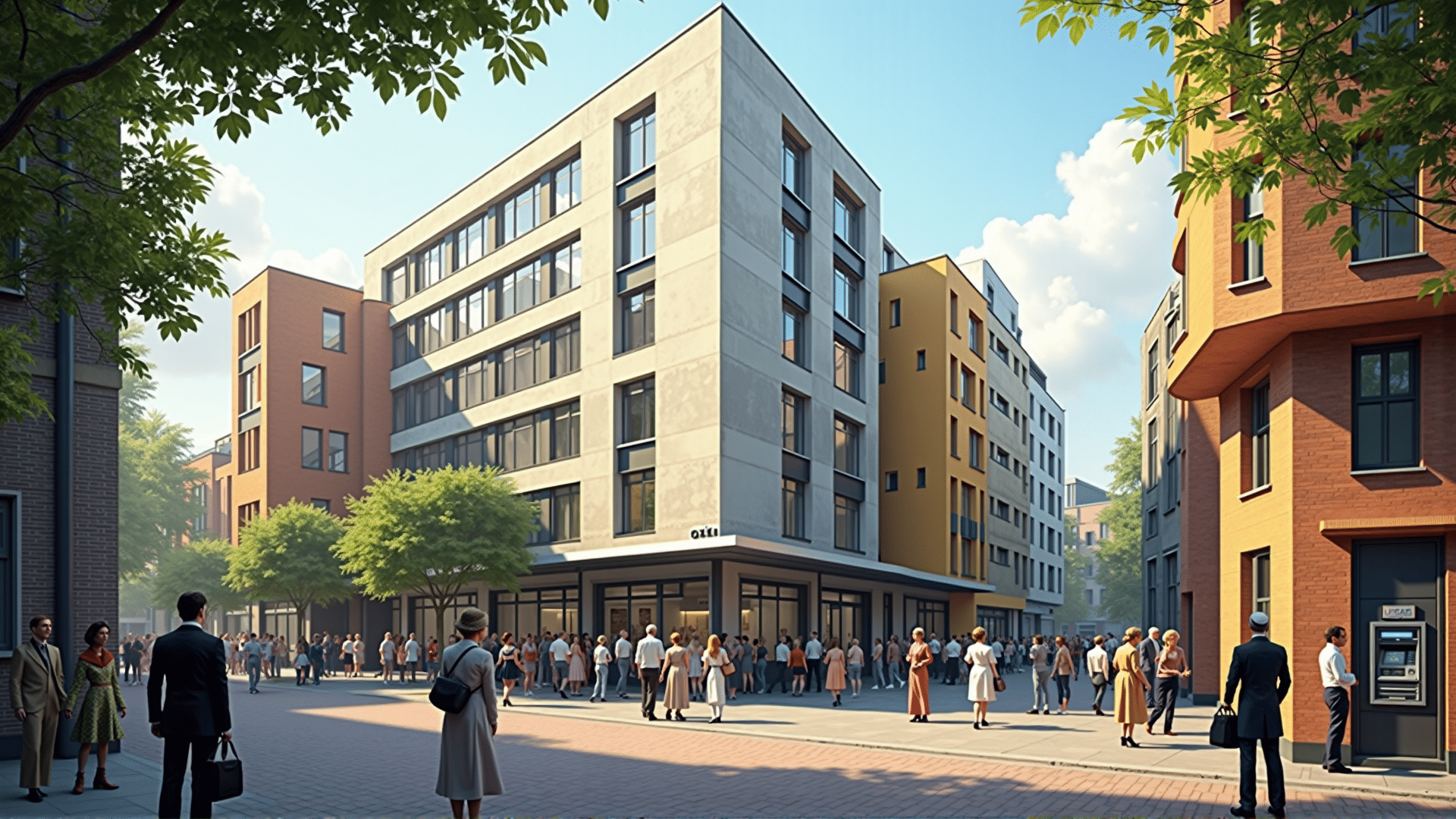Throughout the ages, architecture has been a mirror reflecting the imaginative and technological advancements of the society it serves. From ancient wonders to contemporary marvels, transformative architectural designs have consistently marked eras of innovation and creativity. This article explores some of the pivotal moments in architectural history that have not only defined aesthetics but have also heralded new possibilities in design and construction.
1. The Birth of Monumentality: The Pyramids of Giza
Dating back to around 2580 – 2560 BC, the Pyramids of Giza in Egypt represent one of the earliest and most enduring examples of monumental architecture. As tombs for pharaohs, these structures embody the use of geometry and labor in unprecedented scale, showcasing an era when human ingenuity began manipulating the earth into forms of immense symbolic and functional value. The enduring presence of these pyramids continues to inspire architects to think ambitiously.
2. Embracing the Arch: The Roman Coliseum
The construction of the Roman Coliseum in 70-80 AD marks a period where the Roman Empire led the way in architectural innovation through the use of arches and vaults. This form of construction allowed for unprecedented public spaces, facilitating events that could engage large audiences. The Coliseum’s design, with its tiered seating and complex network of corridors, is a testament to the marriage of aesthetics and functionality, influencing arenas and stadiums to come.
3. Gothic Grandeur: Notre-Dame de Paris
Fast forward to the 12th century, the rise of Gothic architecture brought about another significant evolution with cathedrals such as Notre-Dame de Paris. This architectural style introduced innovations like flying buttresses, pointed arches, and ribbed vaults, which allowed for taller structures inundated with stained glass. These features not only enhanced the spiritual environment within but also illustrated a newfound structural audacity that would inspire architecture well beyond the Middle Ages.
4. The Revolution of Form: Fallingwater by Frank Lloyd Wright
In the 20th century, modernism took center stage with architects like Frank Lloyd Wright leading the charge. His design of Fallingwater, a private residence in Pennsylvania, set a new precedent in blending architecture with nature. Built over a waterfall, the house uses cantilevers and a combination of materials to harmonize with its natural surroundings. This revolutionary approach transformed architectural perspectives on form, function, and integration with the landscape.
5. Pioneering Skyscrapers: The Burj Khalifa
In the realm of skyscrapers, the early 21st century saw the rise of the Burj Khalifa in Dubai. Completed in 2010, it epitomizes modern urban architectural ambitions, pushing the limits of height and vertical engineering. The building employs a modular design using reinforced concrete, steel, and glass. It not only redefined city skylines but also set new standards for engineering solutions to environmental challenges, such as wind resistance and energy efficiency.
6. Sustainable Futures: Bosco Verticale in Milan
Amidst growing environmental consciousness, architecture today is moving towards sustainability and ecological harmony. The Bosco Verticale, a pair of residential towers in Milan, represents this shift. Covered in thousands of trees and plants, the structures are designed to improve air quality and regulate temperature, effectively blending urban living with green spaces. This approach to urban architecture, focusing on biodiversity and environmental stewardship, signals a new wave of ecological responsibility.
These transformative designs highlight the continuous evolution of architecture as a discipline that bridges art, science, and innovation. From ancient pyramids to green skyscrapers, architectural evolution reflects our historical context, technological advancements, and the perpetual quest for progress and perfection in design. As we look to the future, the possibilities remain endless, with each new creation shaping the landscape of our world and our understanding of the built environment.
